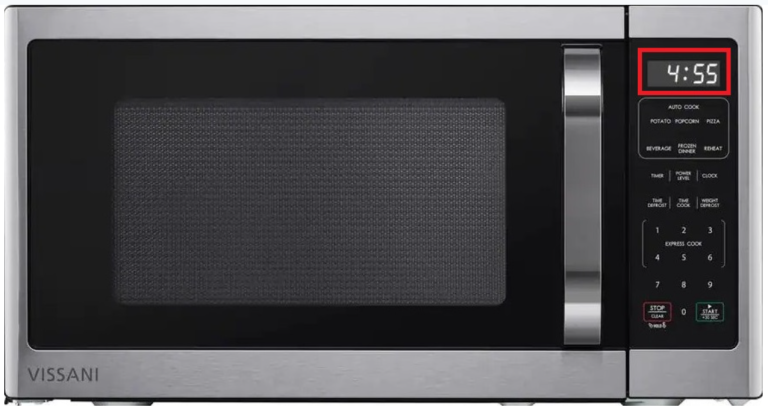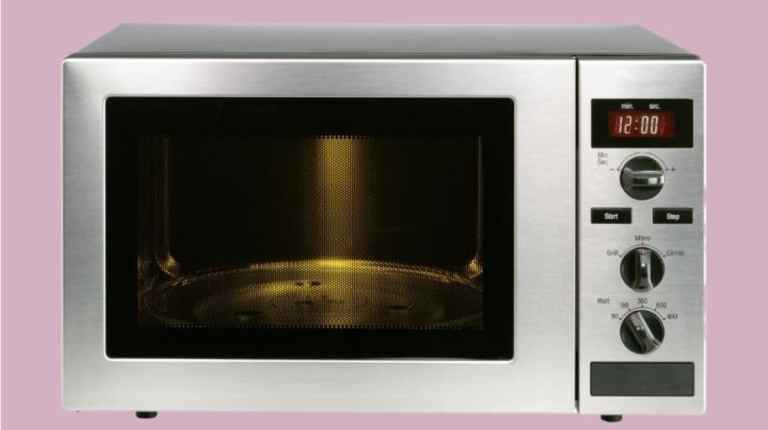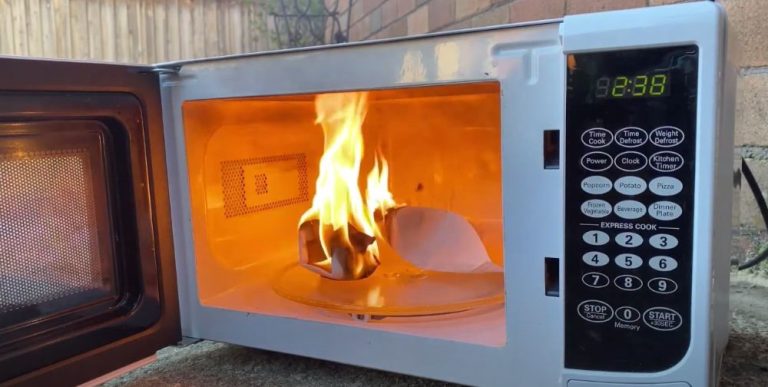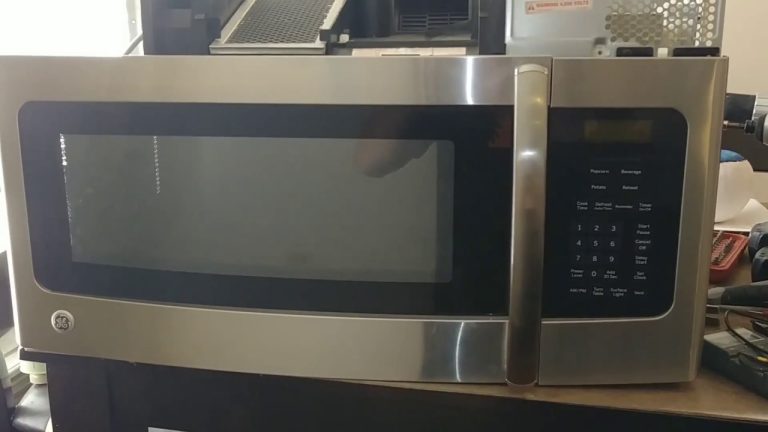Removing a built-in microwave might not be something you do every day, but when the time comes, it’s important to get it right. Whether you’re upgrading your kitchen appliances or making room for a new one, knowing how to safely and efficiently remove a microwave is crucial.
In this step-by-step guide, we’ll take you through the process how to remove built in microwave, ensuring that your kitchen transformation is smooth and worry-free.
Why Removing a Microwave Correctly Matters
Removing a built-in microwave correctly is not just about making the job easier – it’s also essential for your safety and the longevity of your appliances. Mishandling the process can lead to damage or accidents.
Additionally, improper removal might void warranties or make installation of a new microwave challenging. Therefore, it’s vital to approach this task with care and precision.
Tools and Materials
Before we dive into the removal process, let’s gather the necessary tools and materials. Having these items on hand will make the job smoother and more efficient.
Tools you’ll need:
- Screwdriver
- Drill (if applicable)
- Adjustable wrench
- Measuring tape
- Electrical tape
- Utility knife
Materials to prepare:
- Towels or blankets for cushioning
- A sturdy, safe work surface or table
- Electrical tape or wire nuts
- Zip ties or cable clamps
- Plastic bags for organizing screws and bolts
Preparation
Safety should always be your top priority when working with electrical appliances. Follow these crucial steps to prepare for the microwave removal process:
- Turn Off the Power Supply: Head to your circuit breaker panel and turn off the circuit that powers the microwave. Ensure it’s completely disconnected to avoid electrical accidents.
- Clear the Workspace: Remove any objects or items around the microwave that could obstruct your work or create a hazard. Clearing the area helps you work comfortably and without distractions.
- Check the User Manual: Most microwaves come with a user manual. Refer to it for specific manufacturer recommendations or instructions on how to safely remove your particular model.
Now that you’ve prepared your workspace, it’s time to roll up your sleeves and start the removal process.
Steps to Remove a Built-In Microwave
Step 1: Unplug the Microwave
Safety first! Unplug the microwave from the electrical outlet. This simple step ensures there’s no risk of electric shock during the process.
Step 2: Remove the Trim Kit (if applicable)
If your built-in microwave has a trim kit around it, you’ll need to remove it. These kits are designed to give the appliance a seamless look. Typically, trim kits are secured in place with screws. Carefully unscrew and remove them.
Step 3: Locate the Mounting Screws or Brackets
The microwave is usually secured in place with mounting screws or brackets. You may need to open the cabinet above or beside the microwave to access these. Once you’ve found them, it’s time to move on to the next step.
Step 4: Support the Microwave’s Weight
Microwaves can be surprisingly heavy, so you don’t want to be caught off guard. Before you begin to remove the mounting screws or brackets, have a plan for safely supporting the microwave’s weight. Consider using towels or blankets on your work surface to cushion it.
Step 5: Unscrew and Remove the Microwave
With your work surface ready and support for the microwave in place, carefully unscrew and remove the mounting screws or brackets. If you’re unsure, refer to the user manual for guidance on how to remove them properly.
Step 6: Disconnect the Electrical and Venting Connections
Behind the microwave, you’ll find electrical and venting connections. Carefully disconnect these. Use electrical tape or wire nuts to secure the exposed wires and prevent them from coming into contact with each other.
Step 7: Carefully Lower the Microwave
Now that the microwave is free, you can gently lower it onto your prepared work surface. Make sure it’s well-supported to avoid any sudden drops or damage.
Step 8: Safely Store the Microwave
If you plan to keep the old microwave for future use or sell it, store it in a safe and dry place. If you’re disposing of it, be sure to follow your local regulations for appliance disposal and recycling.
Safety Tips
Throughout the removal process, safety should be at the forefront of your mind. Here are some additional safety tips to keep in mind:
- Avoid working alone; have someone to assist you.
- If you’re uncomfortable with any step, consider consulting a professional.
- Use proper lifting techniques to avoid back strain.
- Always assume that electrical wires are live until proven otherwise.
Maintenance and Cleaning
Now that you’ve successfully removed the microwave, it’s time to clean and maintain the space left behind. A clean and organized area is not only visually pleasing but also crucial for the installation of your new microwave.
- Clean Thoroughly: Wipe down the empty space to remove any dirt or debris. This ensures a clean surface for the new appliance.
- Organize the Screws: Store all the screws, bolts, and other small parts you’ve removed in labeled plastic bags. This will make reinstalling the microwave or performing future maintenance much easier.
Conclusion
You’ve successfully completed the process of removing a built-in microwave safely. Following these steps ensures your safety, maintains the appliance’s warranty, and prepares your kitchen for exciting changes. If you’re planning to install a new microwave, make sure to check out our separate guide for step-by-step installation instructions.
Remember to handle your old microwave responsibly. Proper disposal or recycling is essential to protect the environment. We hope this guide has been helpful in your kitchen transformation journey.







